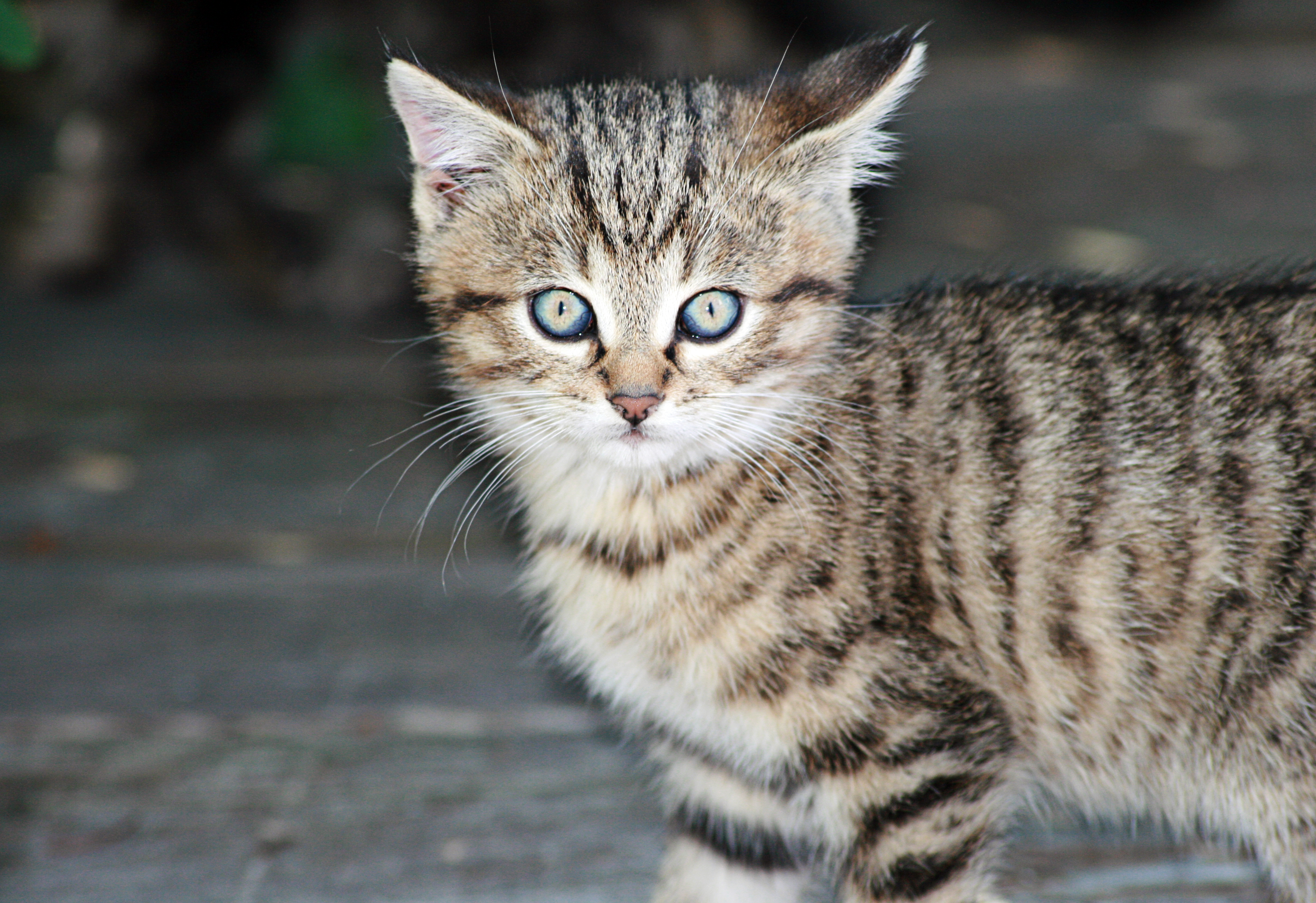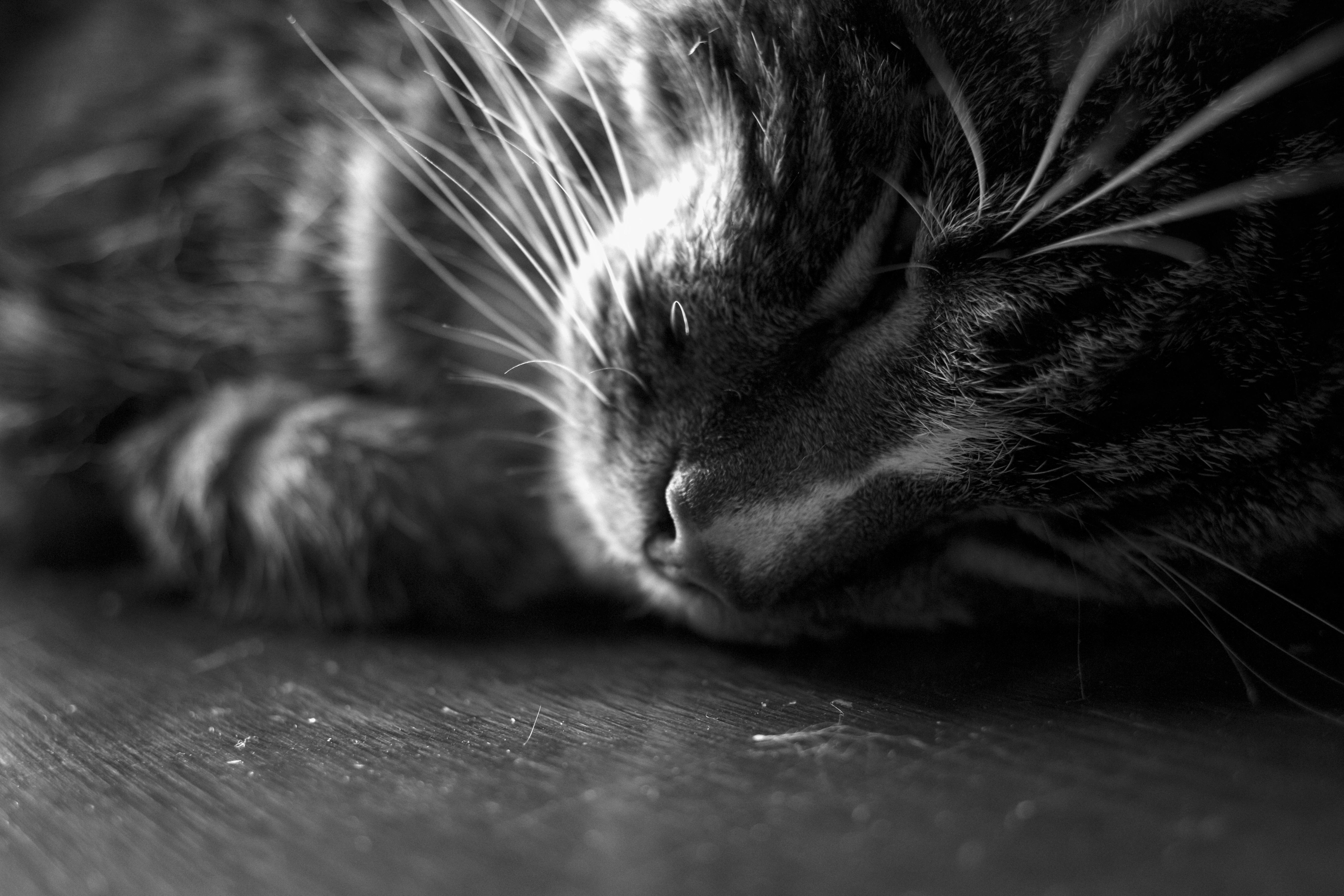Stop Kitten Biting: Gentle Methods That Work

Table of Contents
Understanding Natural Kitten Behavior
When my kitten Luna first came home, I was surprised by how much she loved to bite. At first, I thought something was wrong with her, but I quickly learned that biting is completely normal kitten behavior. Through trial and error, I discovered gentle methods to redirect this natural instinct into appropriate play.
Why Kittens Bite
Understanding why kittens bite helped me develop better strategies for managing this behavior. Biting serves several important purposes in kitten development:
Play and Hunting Instincts
Kittens are natural predators, and biting is part of their play behavior that mimics hunting. This is completely normal and healthy, but needs to be channeled appropriately. I learned that trying to eliminate this behavior entirely would be fighting against Luna's natural instincts.
Teething
Like human babies, kittens go through a teething process that can make their gums sore and itchy. Biting can provide relief during this uncomfortable period. I noticed that Luna's biting increased during her teething phase, which helped me understand what was happening.
Overstimulation
Kittens can become overstimulated during play, leading to more aggressive biting. Learning to recognize the signs of overstimulation became crucial for preventing bites before they happened.
Recognizing the Signs of Overstimulation
I learned to watch for these warning signs that Luna was becoming overstimulated:
- Ears flattening back
- Tail twitching or lashing
- Dilated pupils
- Increased vocalization
- More aggressive play behavior
When I saw these signs, I knew it was time to redirect Luna's energy or give her a break from play.
Gentle Prevention Techniques That Worked
Here are the methods that proved most effective with Luna:
Redirection Method
When Luna bit inappropriately, I immediately redirected her to an appropriate toy. This taught her what was acceptable to bite while satisfying her natural instincts. I kept a variety of toys handy for quick redirection.
Time-Out Technique
If redirection didn't work, I gently placed Luna in a quiet, safe space for a brief time-out. This gave her a chance to calm down and learn that biting ends the fun. I never used this as punishment, just as a way to help her regulate her energy.
Positive Reinforcement
I rewarded Luna with treats and praise when she played gently with appropriate toys. This reinforced the behavior I wanted to see and helped her understand what was acceptable.
Appropriate Play Alternatives
I discovered that providing the right toys was crucial for managing Luna's biting behavior:
Interactive Toys
I found these toys most effective for redirecting Luna's biting:
- Wand toys with feathers or strings
- Puzzle feeders that require problem-solving
- Balls and small toys she could chase
- Catnip-filled toys for solo play
Regular Play Sessions
I scheduled regular play sessions with Luna using interactive toys. This helped her burn off energy and satisfy her hunting instincts in a controlled way. I found that 15-20 minutes of active play twice daily worked well for her.
What NOT to Do
I learned several important things to avoid during Luna's training:
- Never use your hands as toys - This teaches kittens that hands are appropriate targets
- Don't punish physically - This can create fear and aggression
- Avoid yelling or loud noises - This can startle and confuse your kitten
- Don't ignore the behavior - Consistent response is key to success
Age-Appropriate Strategies
I adapted my approach based on Luna's age and development:
2-4 Months: Foundation Building
I focused on teaching appropriate play and providing plenty of outlets for natural behaviors. This was the most important time for establishing good habits with Luna.
4-6 Months: Refinement
I continued reinforcing good behavior while addressing any persistent biting issues. This was also when Luna became more independent and started testing boundaries.
6+ Months: Maintenance
By this age, most biting issues should be resolved. I continued providing appropriate play outlets and maintained consistent boundaries with Luna.
Environmental Enrichment
I provided a stimulating environment that kept Luna engaged and reduced boredom-related biting:
- Vertical spaces for climbing and perching
- Hiding spots and cozy beds
- Rotating selection of toys
- Window perches for bird watching
When to Seek Professional Help
I learned to recognize when professional help might be needed. Consult a veterinarian or animal behaviorist if:
- Biting becomes aggressive or painful
- Your kitten shows signs of fear or anxiety
- Biting is accompanied by other concerning behaviors
- Your efforts aren't showing improvement after several weeks
Preventing Future Issues
Consistent training and appropriate outlets for natural behaviors helped prevent biting issues as Luna grew into an adult cat. I learned that patience and consistency are key to success, and that every kitten is different in their needs and responses.
Frequently Asked Questions
How long does it take to stop kitten biting?
Most kittens respond to consistent training within 2-4 weeks. However, some may take longer depending on their personality and previous experiences. Luna took about 3 weeks to show significant improvement.
Is it normal for kittens to bite during play?
Yes, biting during play is completely normal. The goal is to teach them appropriate targets for their natural behaviors rather than trying to eliminate the behavior entirely.
What if my kitten bites when I try to pick them up?
This may indicate fear or discomfort with being handled. I worked on building trust through positive associations and gradual handling with Luna, which helped reduce this type of biting.
Final Thoughts
Managing kitten biting is about working with your kitten's natural instincts rather than against them. With patience, consistency, and the right approach, you can help your kitten learn appropriate ways to express their natural behaviors while keeping your hands safe.
## Related Reading If you found this article helpful, you might also enjoy: • [Solving Cat Aggression: Understanding and Treatmen... Aggression: Understanding and Treatment](/blog/solving-cat-aggression-understanding-and-treatment) - Cat aggression can be challenging but is often treatable. Learn to understand the causes and implement effective solutions. These articles explore similar themes and can help deepen your understanding of the topic.
Comments (0)
Want to leave a comment?
Please Login or Register to join the conversation.